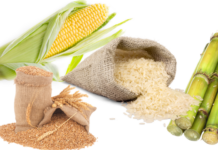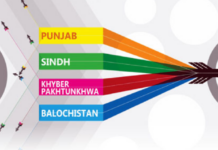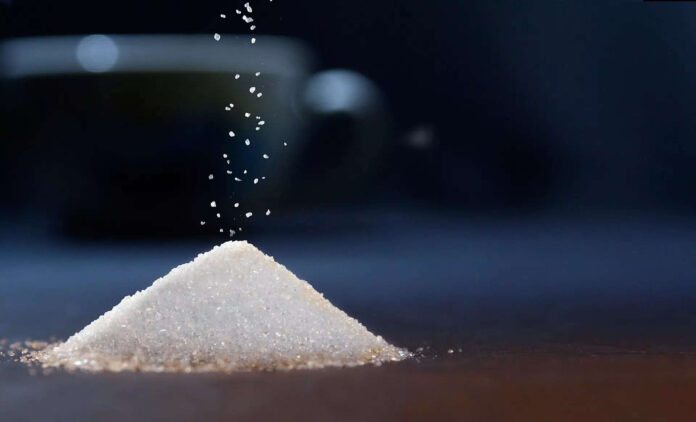The government’s inconsistent policies on sugar exports and imports have resulted in lower export prices and higher import costs, leading to a significant increase in domestic sugar prices, now reaching Rs190 per kilogram.
The policy of exporting sugar when prices were low and then importing it at higher rates to meet domestic demand has created a cycle that leads to increased sugar prices within just a few months.
This contradiction has placed a financial strain on consumers, who miss out on cheaper sugar exports only to face higher prices when the commodity is imported later. The differential between export and import prices highlights the flawed policy approach.
Recent estimates reveal that the cost of imported white refined sugar exceeds the export price by a significant margin, reflecting both international market dynamics and the government’s poor decision-making.
An analysis of the costs associated with imported sugar reveals that consumers are paying at least Rs30 per kg more for imported sugar than for sugar previously exported.
The international market price for sugar is around $490 per ton, but when factoring in premiums of up to $70 per ton from regional suppliers, the cost rises to $560 per ton. Additional charges bring the total landed cost to approximately $596 per ton.
In contrast, sugar exports were previously made at an average price of $536 per ton, creating a financial disadvantage of about $60 per ton. This higher import cost, combined with lower export prices, directly impacts domestic sugar prices and adds pressure on both the trade balance and foreign exchange reserves.
Market experts argue that understanding these cost disparities is vital for policymakers to develop more consistent and sustainable strategies for managing sugar production and trade, minimizing the reliance on costly imports.























